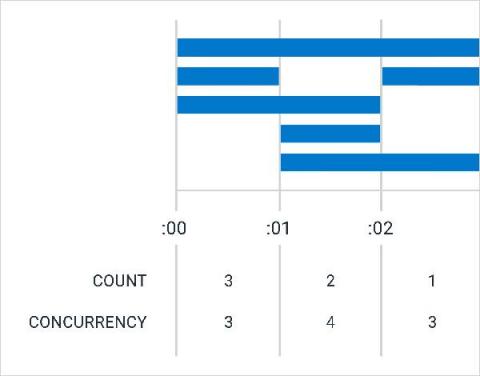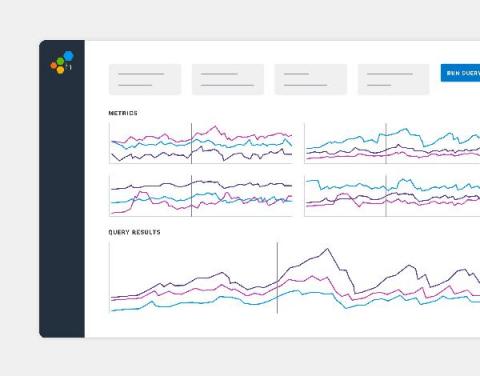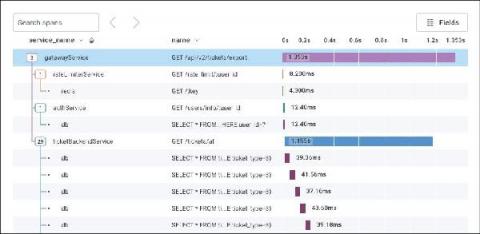Understanding Lambda Sleep Cycles With CONCURRENCY
It started with a simple question: Why did one query take 10 seconds, while another almost identical query took 5? At Honeycomb, we use AWS Lambda to accelerate our query processing. It mostly works well, but it can be hard to understand and led us to wonder: What was really going on inside this box called Lambda? These questions kicked off the development of CONCURRENCY, a new aggregate in the Query Builder that lets us look at how many spans are active at once.










